The Plymouth Barracuda, introduced in 1964, holds a unique place in automotive history. As one of the earliest models in the pony car category, it paved the way for a new generation of American performance vehicles. While the Ford Mustang often receives the lion's share of attention as the pioneer of the pony car segment, the Barracuda deserves recognition for being the first fish in these uncharted waters. In this comprehensive exploration, we'll delve into the history, design, performance, and enduring legacy of the 1964 Plymouth Barracuda.
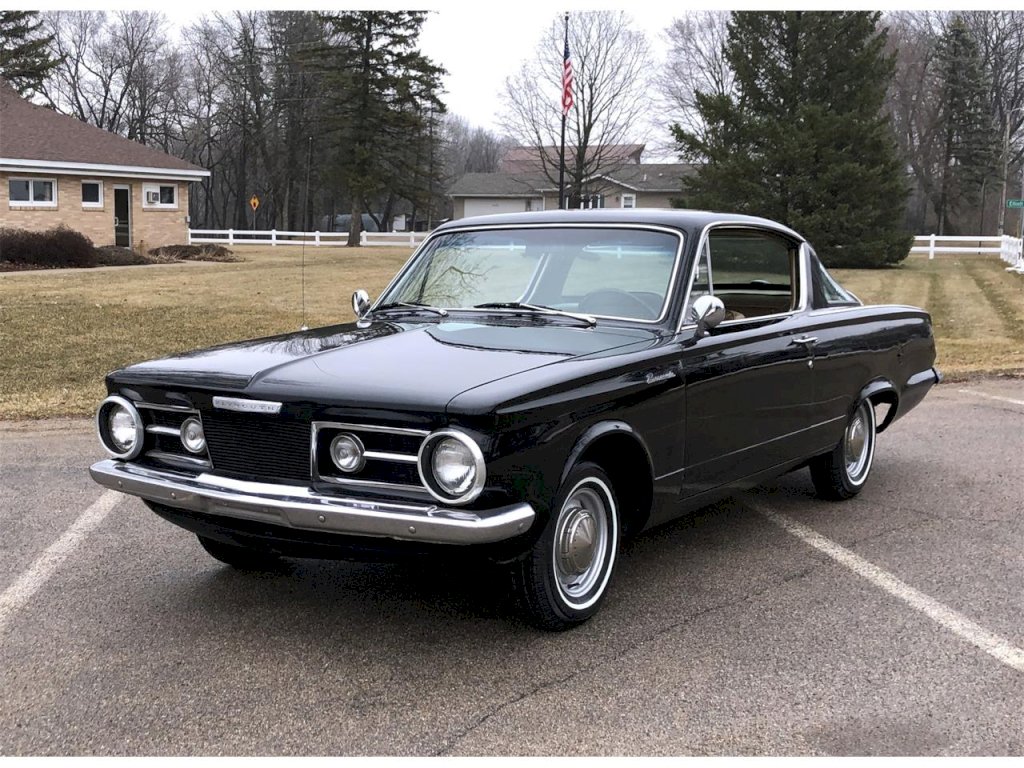
Historical Context: The Rise of the Pony Car Era
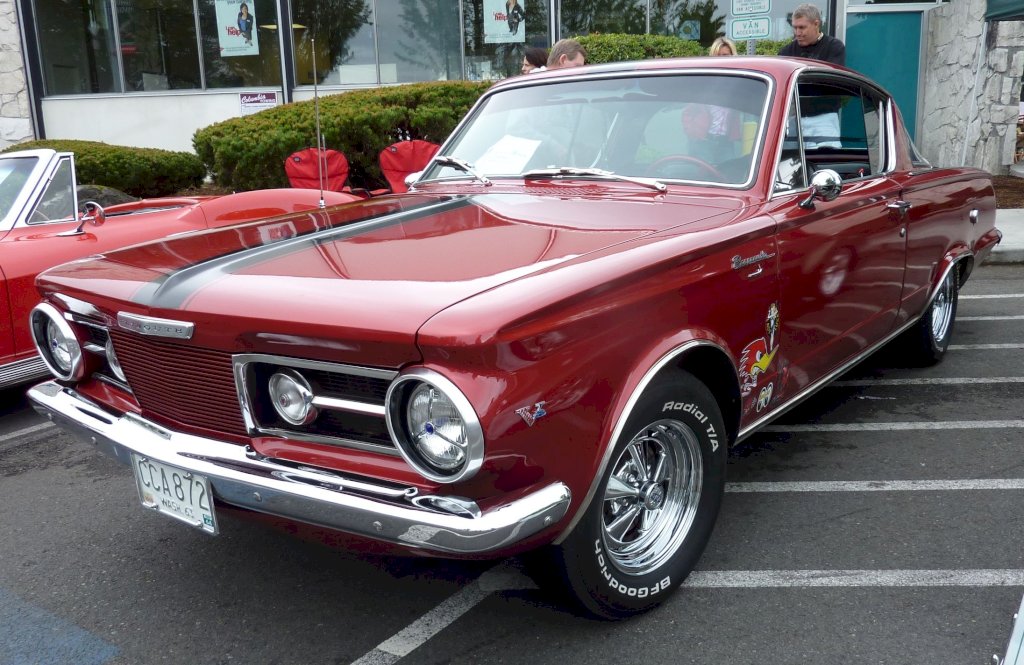
The early 1960s marked a period of intense competition in the American automotive industry, with automakers vying to capture the attention of the burgeoning youth market. Inspired by the success of the Ford Mustang, which debuted in April 1964, Plymouth set out to create its own sporty and affordable model to attract young buyers.
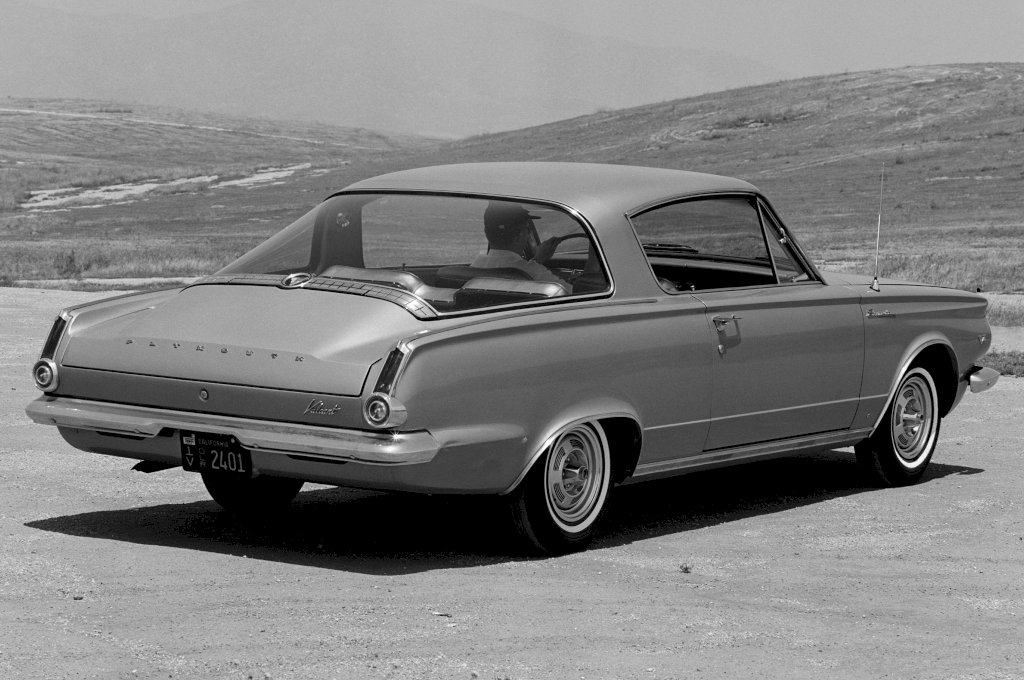
The result was the Plymouth Barracuda, a car that blended elements of sporty design and performance with everyday practicality. While it may not have achieved the same level of commercial success as the Mustang, the Barracuda's impact on the automotive landscape was profound, influencing the future of American muscle cars.
Design and Styling
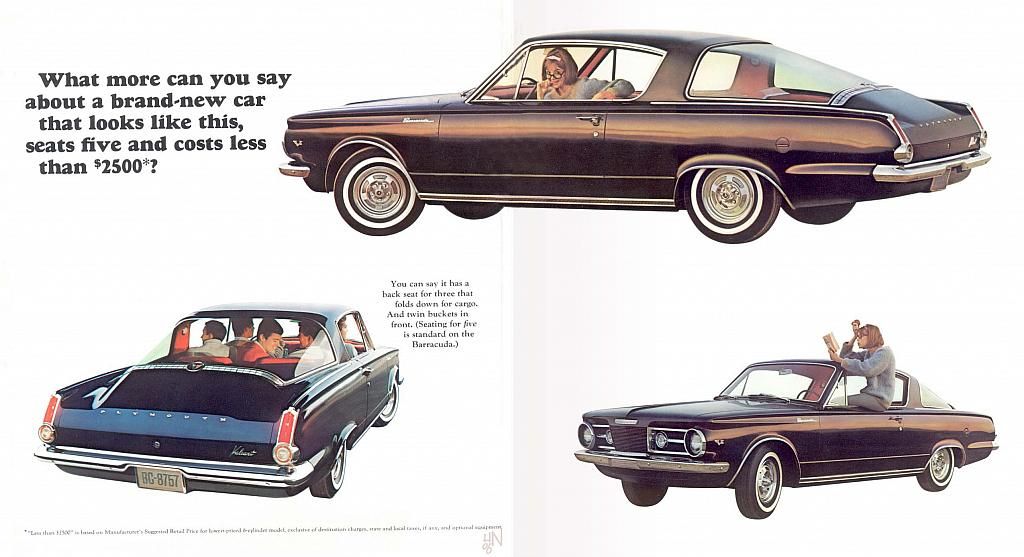
The 1964 Plymouth Barracuda was based on the Valiant compact car platform but featured a distinctive fastback design that set it apart from other vehicles on the road. The most striking feature was its large wraparound rear window, a design innovation that earned it the nickname "fishbowl."
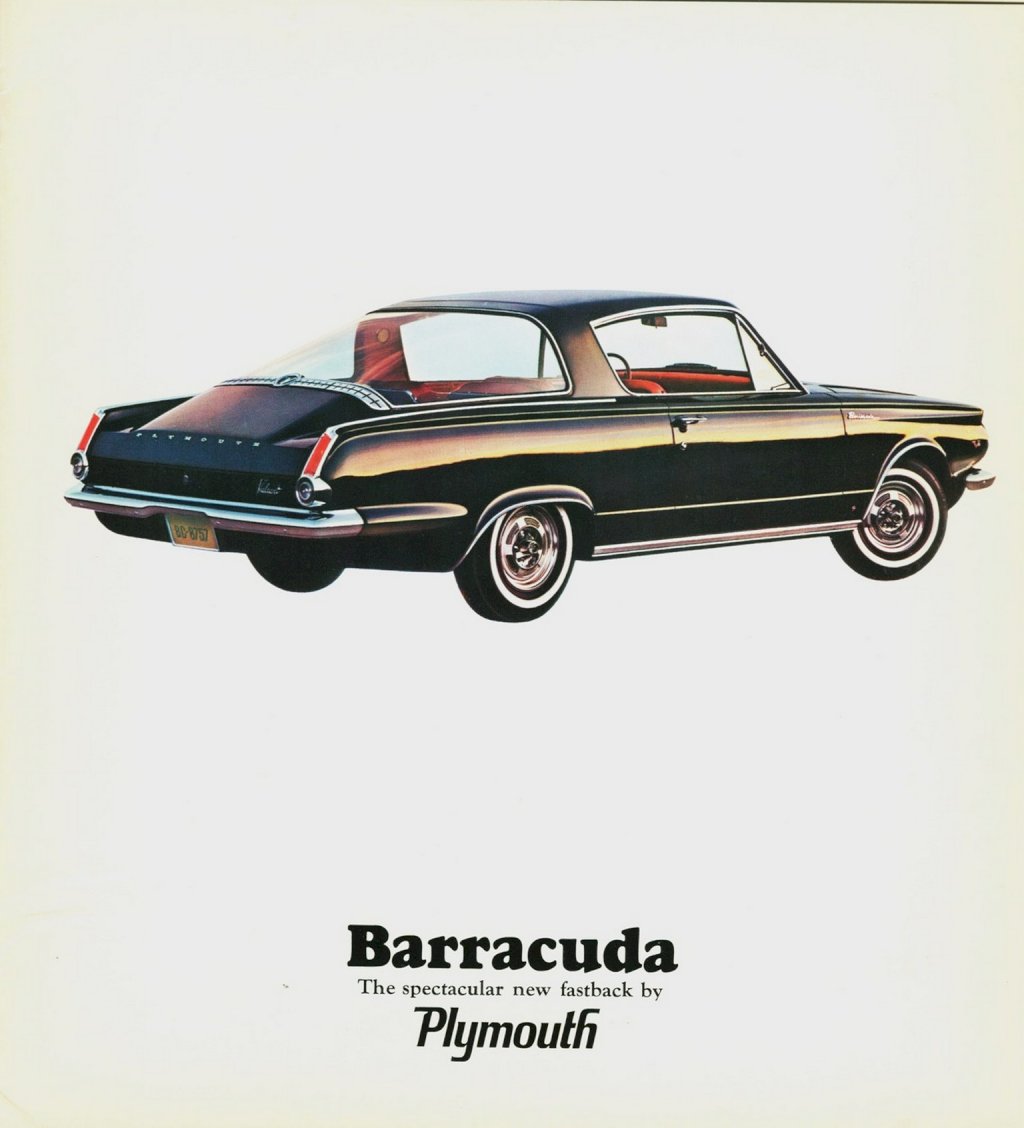
The elongated roofline flowed gracefully into the trunk lid, giving the Barracuda a sleek and aerodynamic profile. The front end was characterized by a broad grille and quad headlights, while the rear featured taillights that extended across the entire width of the car.
Interior
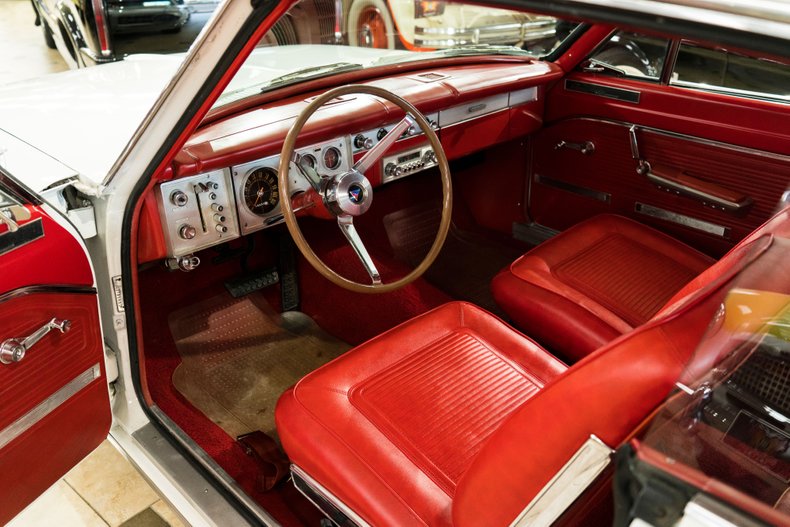
The 1964 Plymouth Barracuda's interior was designed to match the sporty and stylish exterior of the car. The interior was available in a variety of colors and materials, including vinyl and cloth. The dashboard featured a simple and functional design, with clear and easy-to-read gauges and controls. The front seats were bucket-style, providing comfort and support for the driver and passenger, while the rear seats were foldable for additional storage space.
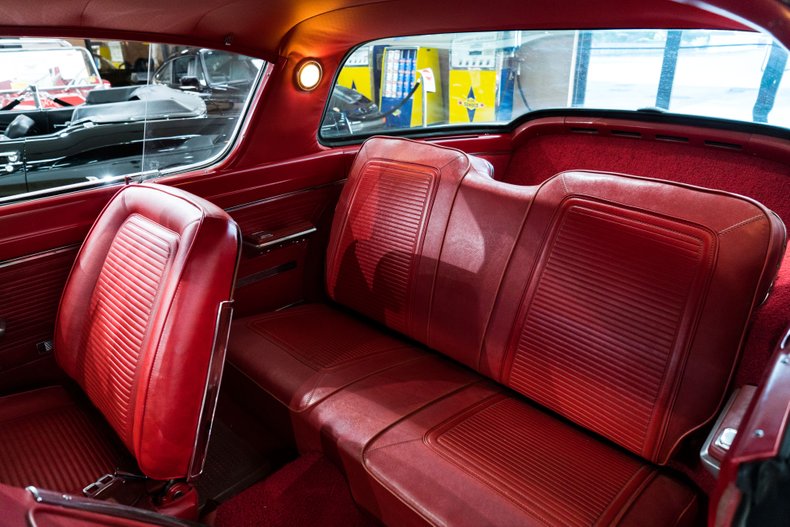
The car's steering wheel was a three-spoke design, with a thin rim and a simple center hub. The gear shifter was located on the center console, and the car also featured a push-button automatic transmission, which was a unique and innovative feature at the time. Other standard features included a heater/defroster, a push-button radio, and a cigarette lighter.
Performance and Powertrain Options

Under the hood, the 1964 Plymouth Barracuda offered a range of powertrain options to suit different driving preferences. The base engine was a 225 cubic-inch (3.7-liter) Slant-6 engine, which produced around 145 horsepower. This engine was known for its reliability and fuel efficiency, making it a popular choice for budget-conscious buyers.
For those seeking more power, Plymouth offered the "Commando" 273 cubic-inch (4.5-liter) V8 engine, capable of delivering up to 180 horsepower. This option transformed the Barracuda into a more spirited performer, appealing to driving enthusiasts.
Marketing and Sales

The 1964 Plymouth Barracuda was officially introduced to the public on April 1, 1964, just a few weeks before the launch of the Ford Mustang. However, the timing of its debut, close to the highly anticipated Mustang launch, may have contributed to its initial struggles in the marketplace.
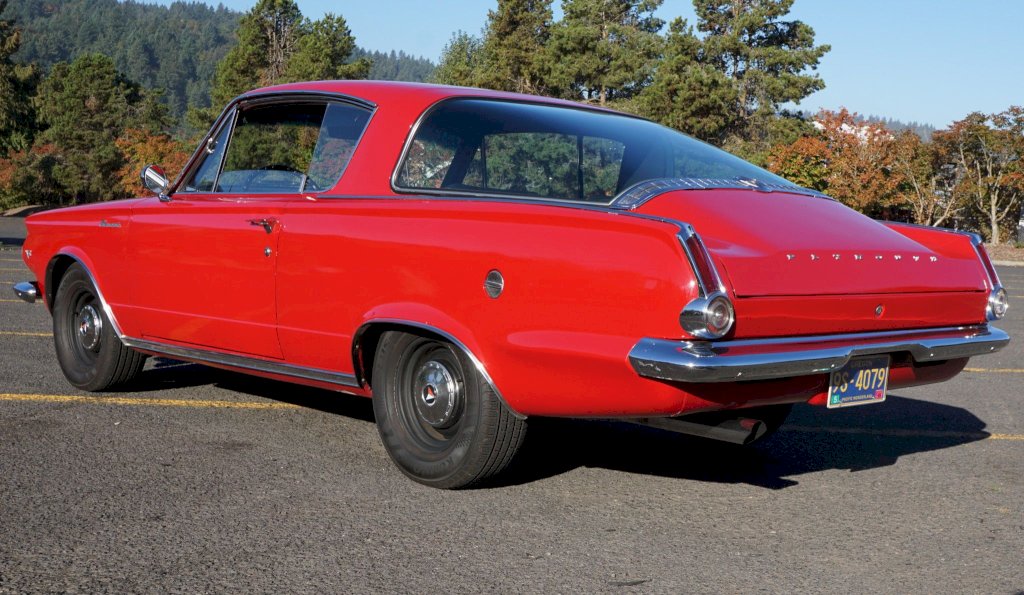
Plymouth marketed the Barracuda as a youthful and sporty car, showcasing its unique design and performance capabilities. However, its early sales figures were modest compared to the instant success of the Mustang.
1965 Updates and the Formula S Package
In 1965, Plymouth made some updates to the Barracuda to enhance its appeal and competitiveness in the market. The most significant change was the introduction of the Formula S package, which included a more powerful 273 cubic-inch V8 engine producing 235 horsepower, along with other performance-oriented features.
The Formula S package transformed the Barracuda into a genuine muscle car, making it a more formidable competitor to other pony cars on the market. It included heavy-duty suspension components, larger brakes, and distinctive exterior badges, signifying its upgraded performance capabilities.
The Barracuda's Racing Legacy
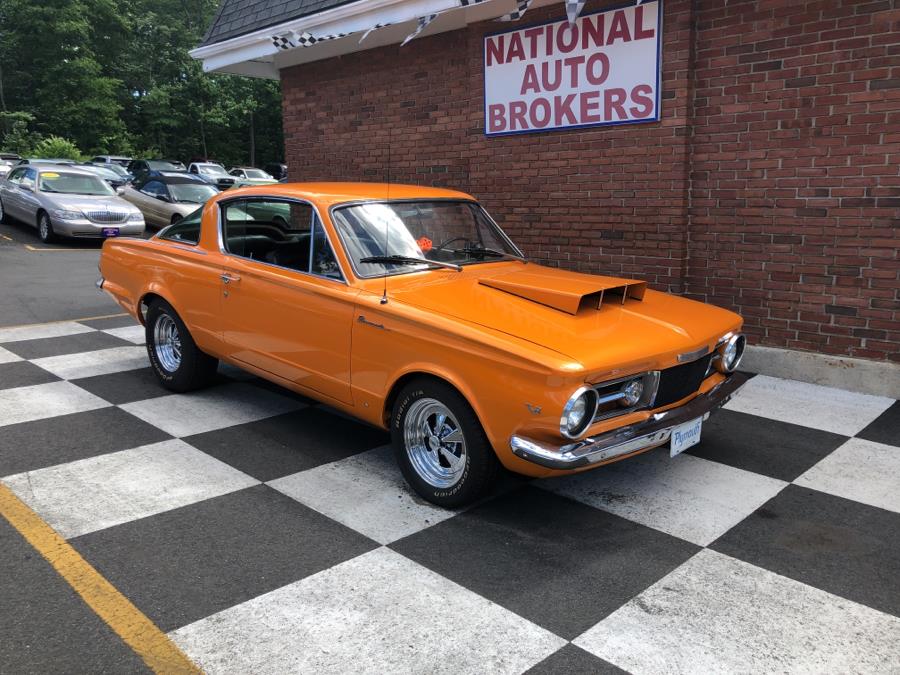
The 1964 Plymouth Barracuda may not have achieved the same commercial success as the Mustang or the Chevrolet Camaro, but it left a lasting impact on the racing world. In particular, the Barracuda gained recognition in drag racing circles, where its lightweight body and potential for high-performance modifications made it a popular choice among racers.
One of the most famous Barracudas in drag racing history was "Big Red," a heavily modified 1965 Barracuda driven by Dave Benjamin. "Big Red" was known for its exceptional performance on the drag strip, and it played a significant role in popularizing the Barracuda as a formidable drag racing contender.
Legacy and Enduring Popularity
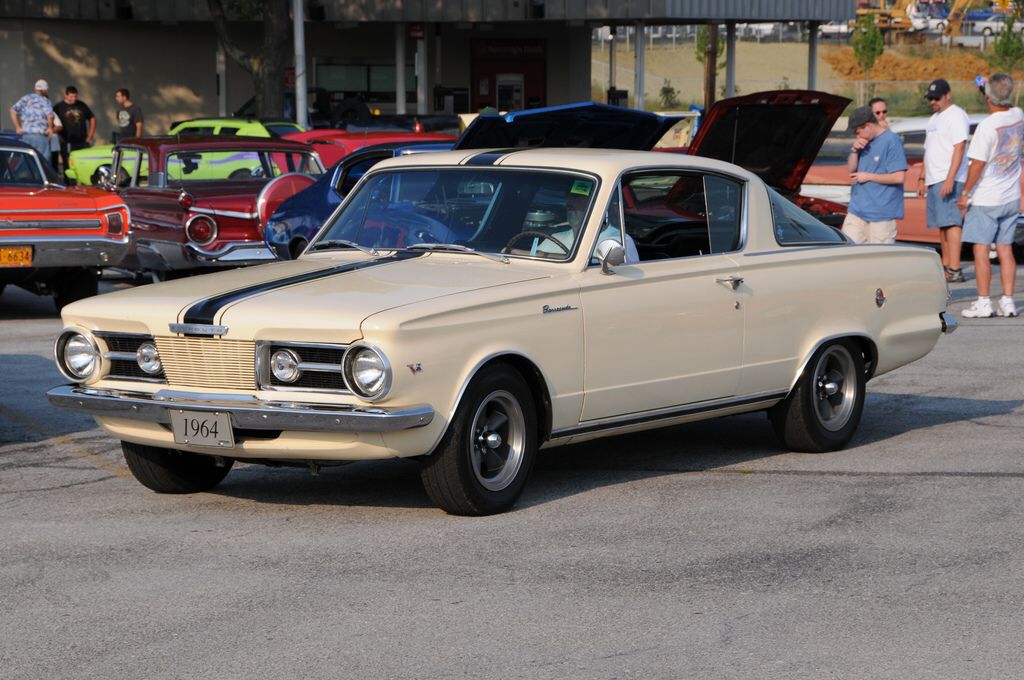
The Plymouth Barracuda may not have achieved the same commercial success as some of its competitors, but its impact on the automotive industry and American muscle car legacy is undeniable. It played a significant role in popularizing the pony car concept and influenced the design and engineering of future muscle cars.
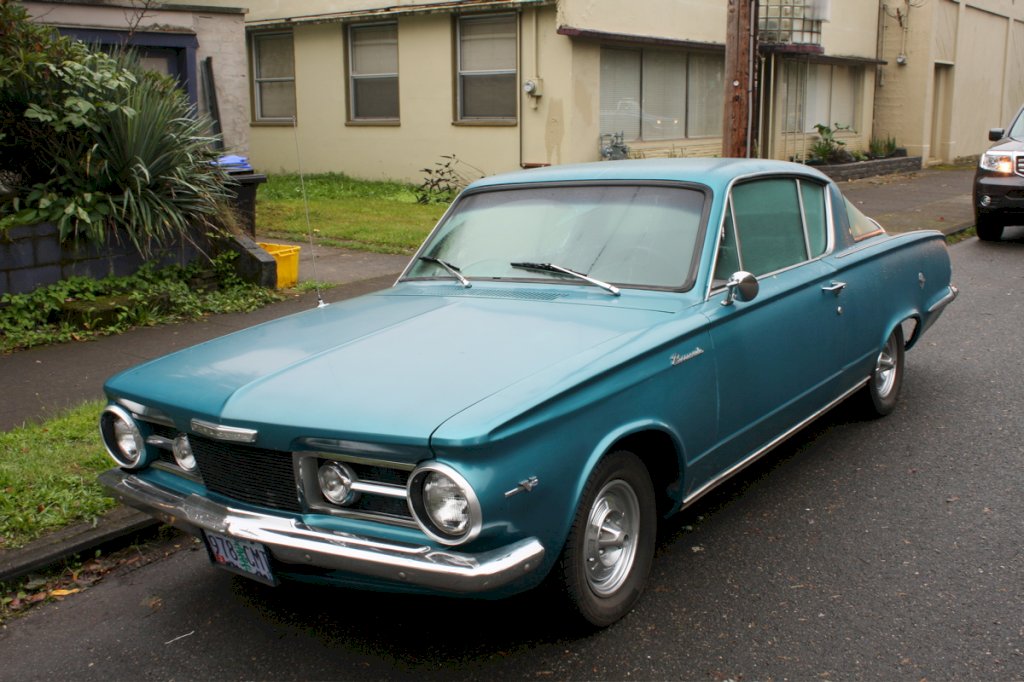
Today, the Plymouth Barracuda remains a beloved classic car among collectors and enthusiasts. Its unique design, performance capabilities, and role in automotive history make it a sought-after model at auctions and car shows.
Conclusion
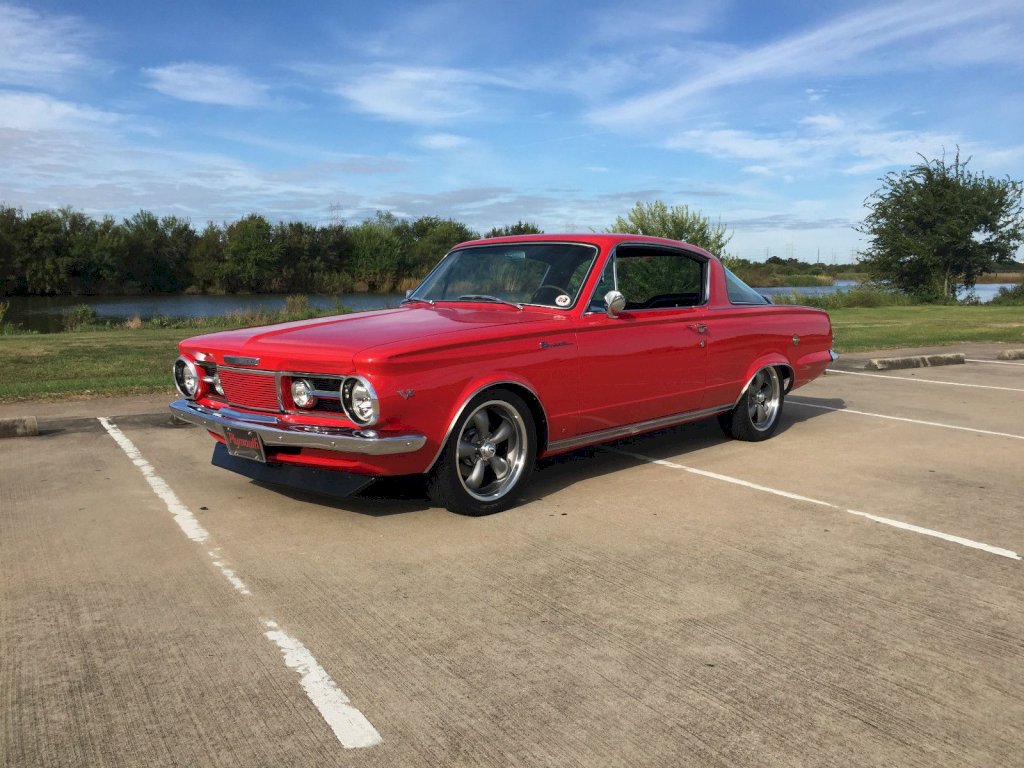
The 1964 Plymouth Barracuda was a pioneering car that left an indelible mark on the automotive industry. As one of the first pony cars, it laid the groundwork for a new era of American muscle cars, combining style, performance, and innovation.
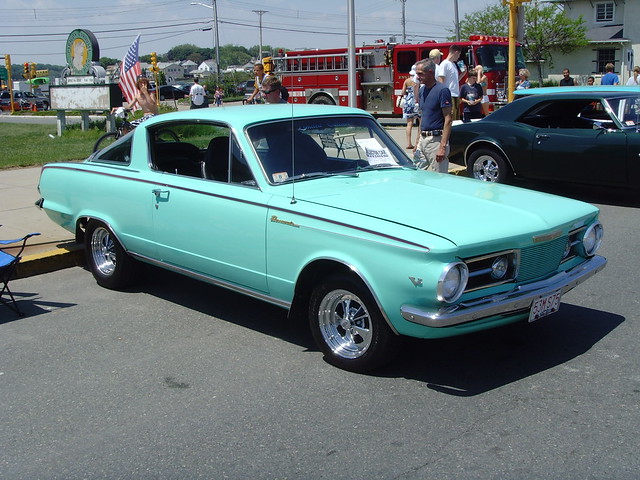
While its commercial success may have been overshadowed by competitors like the Mustang, the Barracuda's racing legacy, its role in popularizing the pony car concept, and its enduring popularity among collectors make it a true classic and an icon of American muscle car history. The Plymouth Barracuda remains a beloved and celebrated car, a symbol of automotive ingenuity, and a reminder of the golden age of American muscle cars.
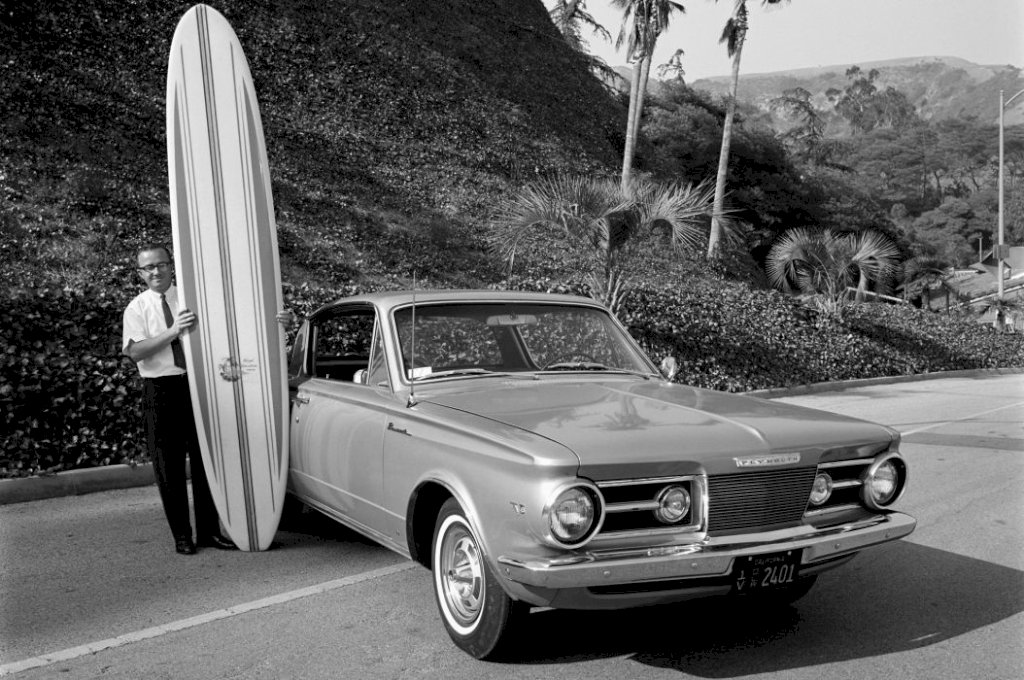
-1686633617x1024.jpg)
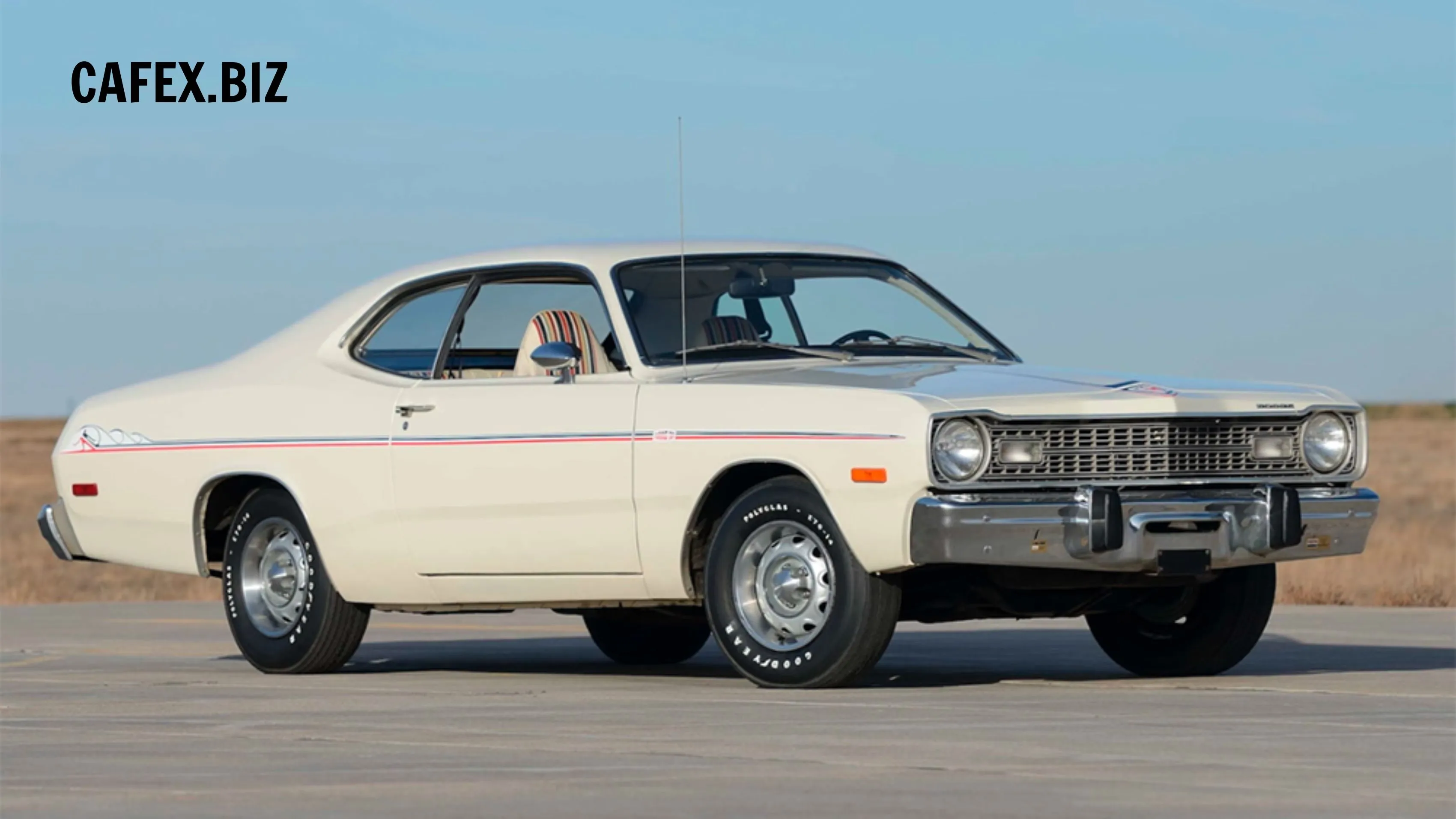

-1686819407x1024.jpg)